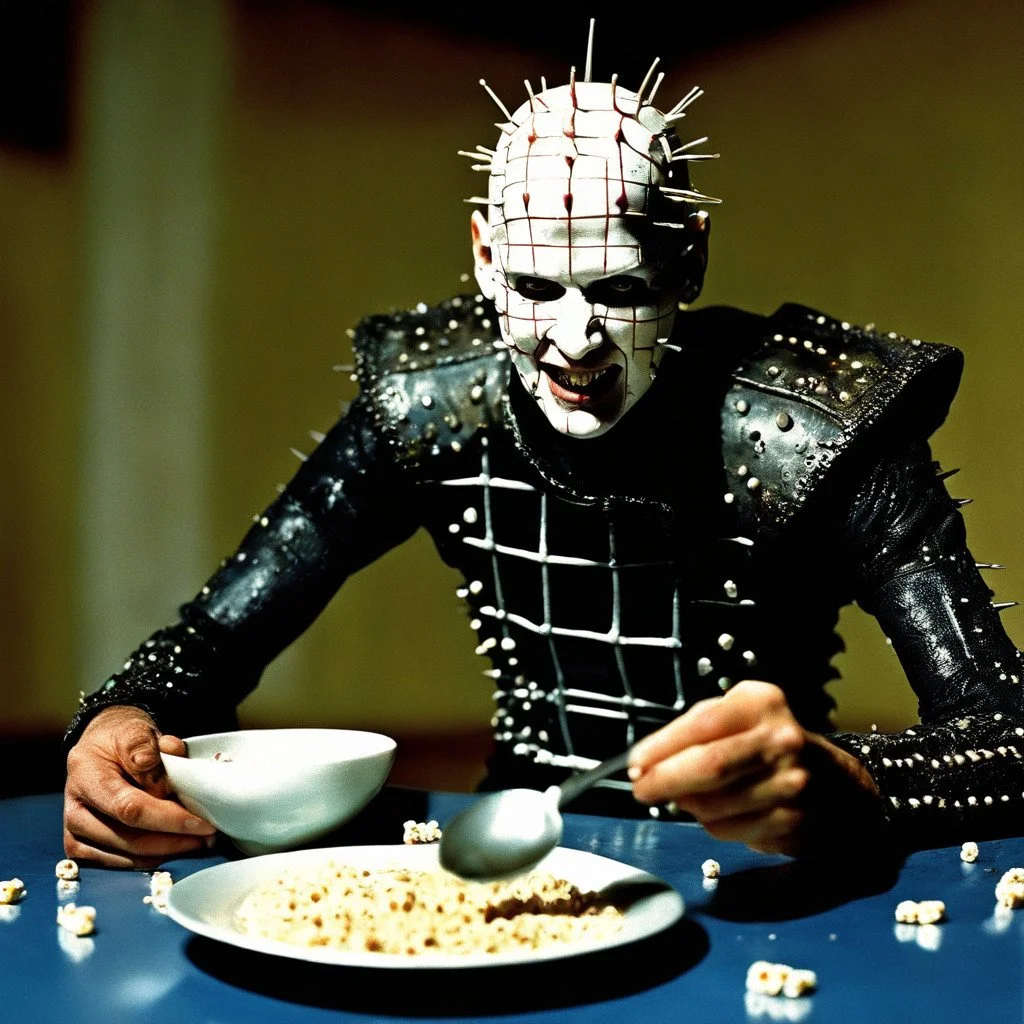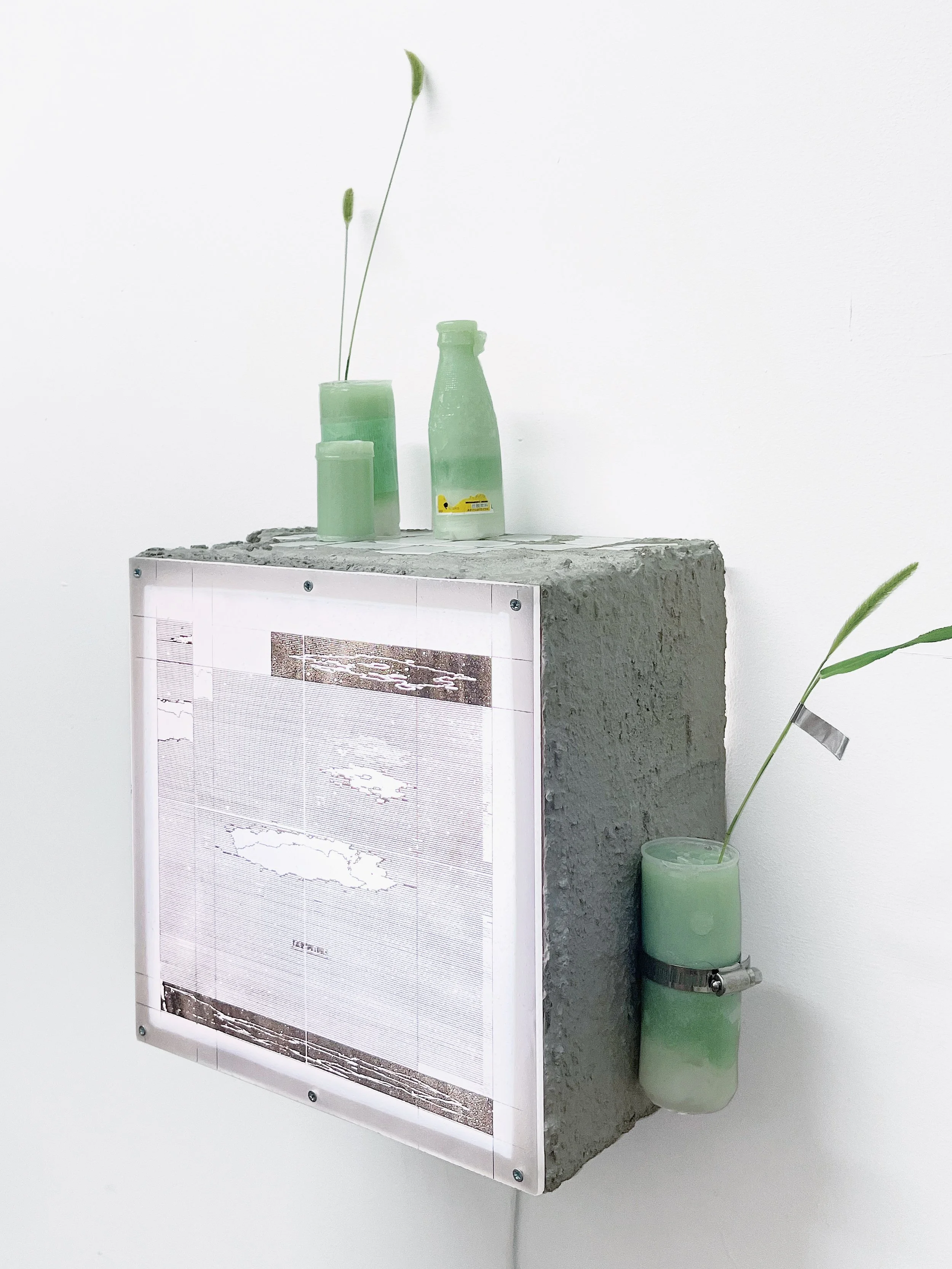Mattia Sugamiele
Focusing on installation-making, Mattia Sugamiele researches the contemporary context of art in relation to new generations of publics. Spanning from painting and sculpture to video art and new technologies, Sugamiele builds up a playful, yet functional apparatus for understanding the world after a new Big Bang, quoting his perspective. Collaborating with AI is definitely not a taboo for the artist, who’s taken up an exploration of potential world scenarios for the new generations.
How have you been molding your own artistic aesthetics and system of symbols?
My research is a bit of a result of all my experiences. The digital world has always belonged to me since a very young age as I studied both video and painting. My background has been enriched by my working music, teaching photography and then sculpture. I have always tried to mix my experiences to try to create new languages, until I reached completion. I believe in this particular historical moment there is a need to make people immerse themselves in a certain context and imagery completely so that they can become protagonists of a certain image or space without having to approach a work in a conceptual way.
How have digital art and AI begun to coexist in your research?
I'm interested in the new generations. I often wonder what is waiting for us in the future, and I've realized the importance of wondering how we can coexist with the digital world without falling victim to it. I think this will be one of the big issues of the future: to coexist with it rather than neglect it or completely be absorbed by it. I follow philosopher Luciano Floridi’s theories a lot; I have been following with interest the developments of AI understanding its potential, jeopardizing the perception of what will be "real" in the enjoyment of images and videos that we are going to generate. AI will make us embrace a totally different approach to life since many figures in the working world will have to reinvent themselves. Therefore, I’ve started feeling the need to collaborate with AI to make my artworks, specifically my paintings. These are generated from archival images, cut-out fragments, then edited with photoshop and through AI. The images that result from this process are then printed on cotton and re-manipulated with brushes, colors, markers, sprays, etc.. The intent behind my paintings is to try to bring all the processes together in a work where the viewer can’t notice the difference between digital and human-made work.
What does it mean to you to be “contemporary” as an artist today?
To me being contemporary means being interested in what is happening in the world today, wondering what the future may hold, how we will evolve and what obstacles will arise. Furthermore, looking into the newest generations, thus, children and adolescents is key to be contemporary.
What is your relationship with Italian art? Do you feel you belong to it and share a common language?
Although my work does not have strictly Italian references, I certainly also tell of the places where I live and grew up. I’m Italian so Italy can’t but be part of who I am, and so Italian art. So far in my career as an artist I have had more opportunities and appreciation in Italy, so I feel I belong here with all the cons there are and the various problems one could list. I would be pleased if there was more support in favor of Italian contemporary art from institutions, more support for us artists, as in other nations in Europe. Galleries, non-profit spaces, artworkers and artists really suffer a lack of support here. Going back to the question on whether I feel like I share a common language with contemporary Italian art aesthetics, well, I don’t and I don't even feel the need to.
How's your creative process like?
I do a lot of visual research. Everything starts from there. I love dance, cinema, I like to travel and also the teaching that led me to be with the new generations has its part in my creative process. I tend to spend many hours on the computer researching content and news to the point I alienate myself. It is as if I make a collage of everything I absorb, of small fragments that are returned in images, puzzles that become canvases, thoughts, colors, shapes or habitats. I often make works that I maybe archive and then wait until I have the right context to bring back to life.
What is a digital image for you and how is it then translated into plastic works?
My idea of a digital image is almost like a screen or a frame from a stream of digital content that belongs to us or not. I think that in this historical moment we cohabit reality with moving images. Therefore, it becomes complex to define a “digital image”. I myself do content-archiving work. I assemble with the contents I find through softwares, Photoshop and to turn them into puzzles of my works and have a physical restitution which is soft to the touch, as if they could be shaped even once out of the digital.
How has your practice been evolving recently?
I am very happy with the point reached so far in my artistic research! On the other hand I feel the need to always question myself. Living in this reality of pandemics, wars, technological advancements without any ethics, climate change, the floods and trees falling down like wires, I’m having some difficulties in imagining a future for the new generations. This whole concern is leading me to an almost post-apocalyptic, dystopian idea of something being reborn again after another Big Bang, a world made of many new things and completely different from how it is today.
courtesy of MATTIA SUGAMIELE
interview by ILARIA SPONDA
What to read next














